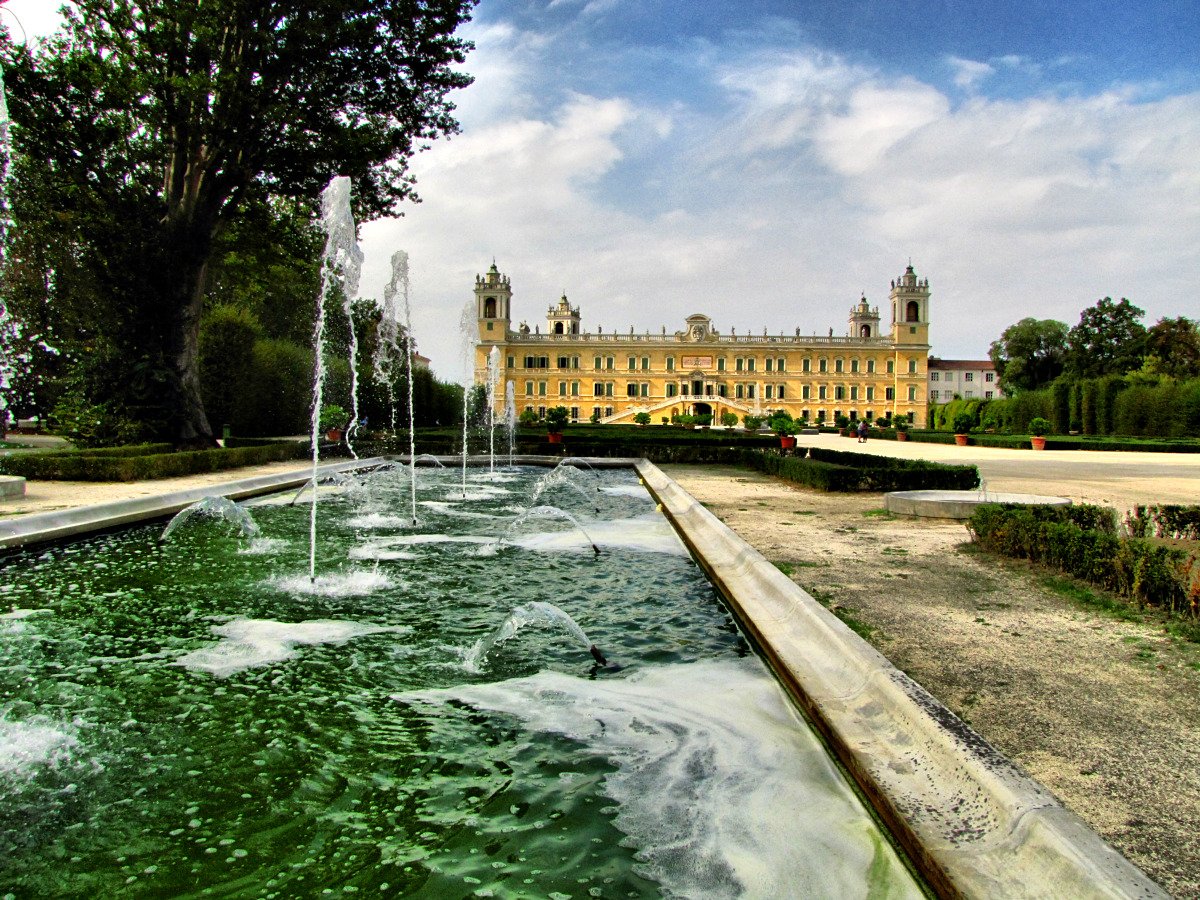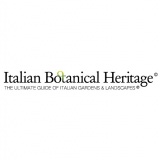
 Italian Botanical Heritage
Italian Botanical Heritage
Italian gardens and parks: Colorno Royal palace, Parma
- WTI Magazine #180 Oct 20, 2024
-

 Italian Botanical Heritage
Italian Botanical Heritage
The Colorno Royal Palace was built by Duke Ranuccio II Farnese in 1660 as a tribute to his wife Violante Margherita of Savoy, a great lover of fox hunting, and was later completed by his son Ranuccio II, the Duke Francesco Farnese until 1719. The Honorable courtyard still has the characters given by the great designer Ferdinando Galli, called “Il Bibiena”, in collaboration with the architect and sculptor Giuliano Mozzani Carrara.
From this period (1690-1711) are still visible the high balustrade hiding the roof tiles, the four towers ending as aerial belfries and the statues at the top of the building. Between 1749 and 1765 the Palace was at its heyday with the new Dukes Don Philip of Bourbon and his wife Louise Elisabette, daughter of King Louis XV. Famous architects such Ennemond Alexandre Petitot and Franois Antoine Carlier transformed it into one of the most sumptuous residences in Europe.
Other important works of upgrading and renovation were undertaken during the Napoleonic period and during the reign of Marie Louise of Bourbon, former Empress of France.
After the Unification of Italy, the Royal palace suffered a sad fate. The noble rooms were emptied and furniture ended up in large part to the Quirinale, where they still are. In 1871 the building, now completely bare, was sold by the state property to the Province of Parma. Later, the building was turned into a colossal Asylum. Where there was the jewel of the park, the parterre, recreational spaces and gardens for guests were derived. This situation persisted until, following the Law Basaglia, asylums were suppressed and the building returned to the Province of Parma.
The restoration, started in 1978, led to the opening to the public of the Noble Floor (in 1990) and the reconstruction (in 2000) of the original parterre of the French garden from the first half of the eighteenth century. Of great beauty, in particular, the frescoed rooms with floral motifs.
The Ducal Garden
The news about a garden around the then Rocca of Colorno date back as early as the second half of 1400 century under the dynasty of Sanseverino.
With the advent of Duke Ranuccio II Farnese and his wife Violante Margherita of Savoy the walls and the land close to the palace were built, thus creating a gradient that gave rise to a high garden and a garden below, which showed the characteristic features of the Italian gardens.
Always under the Farnese, and thanks to the work of the court architect Ferdinando Galli, the transformation from Italian garden to French garden began, on the model of that of Versailles. In addition to designing a grand staircase to connect the building to the park, Galli drew a masonry fence against which to place the potted citrus trees during the summer, a new fountain, the parterres flanked by long pergolas, a water tower, a large ornamental vegetable garden, a great orangery used as a greenhouse and for the shelter of the plants during the cold months.
With the extinction of the dynasty, the garden went through a period of decline, and only with the arrival of Philip of Bourbon the work resumed, thanks to the effort of Petitot. Finally with Marie Louise of Austria, in 1816, the garden was transformed into an English garden.
The restoration, carried out by the Province of Parma and completed in 2000, has restored the original parterre; the two green galleries fenestrated of Carpinus betulus, 120 meters long, that surround the parterre sides; and the hedges of Tilia cordata that in the final ellipse connect to a hedge of Taxus baccata. The parterre is composed of four large flower beds in geometric boxwood with pink begonias, ageratum blue, marigold yellow and blue iris. The water games were also recovered, including the circular fountain in the center and the two fountains in the higher part; also, the restoration placed 46 terracotta vases containing lemon trees, with the coats of arms of the Farnese and Bourbon and Maria Luigia.